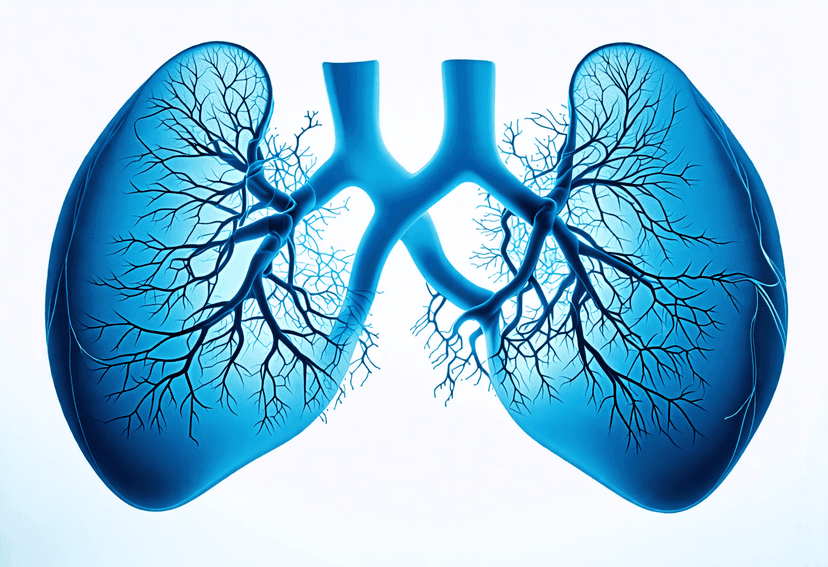Packages starting from
$6100
Need help in choosing the right package for your medical trip?
Your Health data is protected with us

Transforming Lives with B/L PCNL + DJ stenting
Bilateral Percutaneous Nephrolithotomy (B/L PCNL) with DJ stenting is a complex urological procedure primarily used to remove large or complex kidney stones from both kidneys simultaneously. This technique is minimally invasive and involves accessing the kidney through a small incision in the back.
Procedure Details:
- Percutaneous Nephrolithotomy (PCNL): This involves making a small incision in the patient's back to directly access the kidney. Under image guidance, a nephroscope is inserted into the kidney to visualize and break up the stones using laser or pneumatic energy. The stone fragments are then extracted through the nephroscope.
- DJ Stenting: Alongside PCNL, a double-J stent (DJ stent) may be inserted. This stent is a thin tube placed from the kidney to the bladder, curving at both ends to stay in place (hence "double J"). It helps maintain drainage from the kidney while the area heals and prevents blockages from swelling or stone fragments post-surgery.
Advantages:
- Minimally Invasive: The procedure offers a minimally invasive alternative to open surgery, typically resulting in less pain, shorter hospital stays, and quicker recovery.
- Effective for Large Stones: PCNL is particularly effective for removing large kidney stones that cannot be effectively treated with less invasive methods like shock wave lithotripsy.
Recovery and Post-Procedure Care:
- Hospital Stay: Patients may need to stay in the hospital for a few days to monitor for complications and ensure proper kidney function.
- Postoperative Care: Includes pain management, hydration to help flush the kidneys, and antibiotics to prevent infection. The DJ stent is usually removed after a few weeks during a short follow-up procedure.
B/L PCNL with DJ stenting is a specialized procedure that requires careful planning and execution by experienced urologists. It provides a highly effective solution for patients with bilateral kidney stones, ensuring both immediate relief and long-term prevention of stone-related complications.
4.0
92% Rated Value for Money
Why Choose us?
96%
Success Rate
0
B/L PCNL + DJ stenting Surgeons
1+
B/L PCNL + DJ stenting
0
Hospitals Around the world
6+
Lives touched
Overview
Bilateral Percutaneous Nephrolithotomy (B/L PCNL) with DJ stenting is a complex urological procedure primarily used to remove large or complex kidney stones from both kidneys simultaneously. This technique is minimally invasive and involves accessing the kidney through a small incision in the back.
Procedure Details:
- Percutaneous Nephrolithotomy (PCNL): This involves making a small incision in the patient's back to directly access the kidney. Under image guidance, a nephroscope is inserted into the kidney to visualize and break up the stones using laser or pneumatic energy. The stone fragments are then extracted through the nephroscope.
- DJ Stenting: Alongside PCNL, a double-J stent (DJ stent) may be inserted. This stent is a thin tube placed from the kidney to the bladder, curving at both ends to stay in place (hence "double J"). It helps maintain drainage from the kidney while the area heals and prevents blockages from swelling or stone fragments post-surgery.
Advantages:
- Minimally Invasive: The procedure offers a minimally invasive alternative to open surgery, typically resulting in less pain, shorter hospital stays, and quicker recovery.
- Effective for Large Stones: PCNL is particularly effective for removing large kidney stones that cannot be effectively treated with less invasive methods like shock wave lithotripsy.
Recovery and Post-Procedure Care:
- Hospital Stay: Patients may need to stay in the hospital for a few days to monitor for complications and ensure proper kidney function.
- Postoperative Care: Includes pain management, hydration to help flush the kidneys, and antibiotics to prevent infection. The DJ stent is usually removed after a few weeks during a short follow-up procedure.
B/L PCNL with DJ stenting is a specialized procedure that requires careful planning and execution by experienced urologists. It provides a highly effective solution for patients with bilateral kidney stones, ensuring both immediate relief and long-term prevention of stone-related complications.















